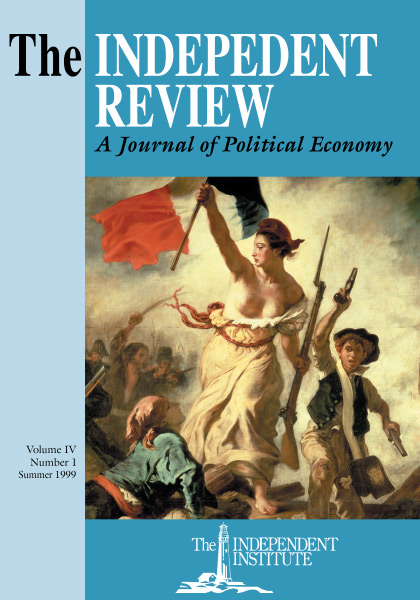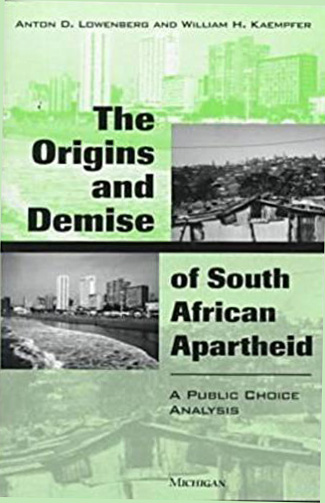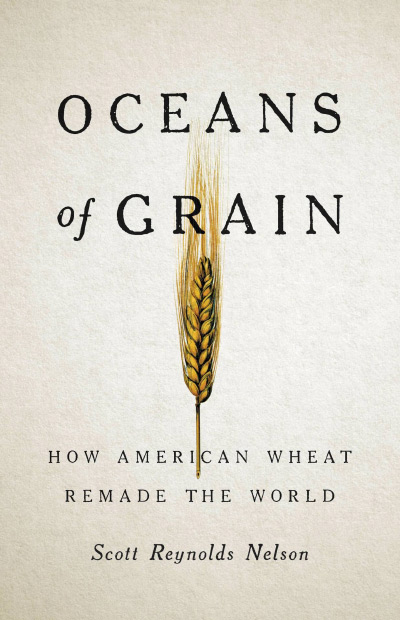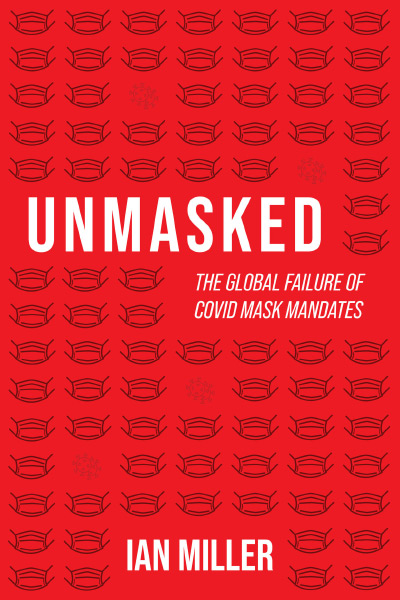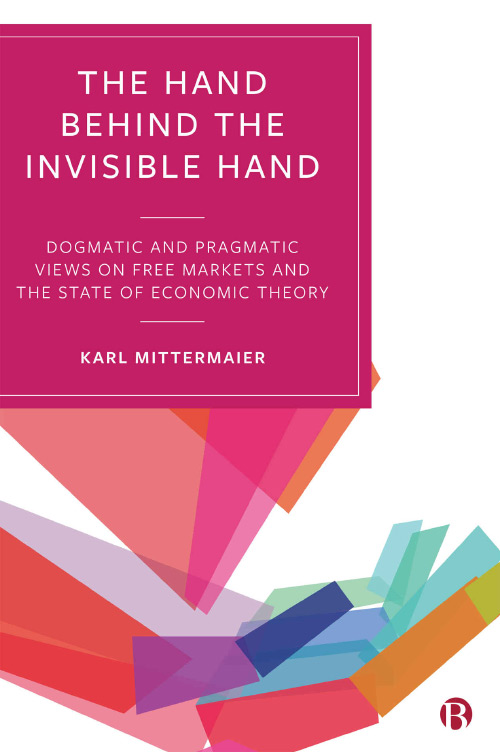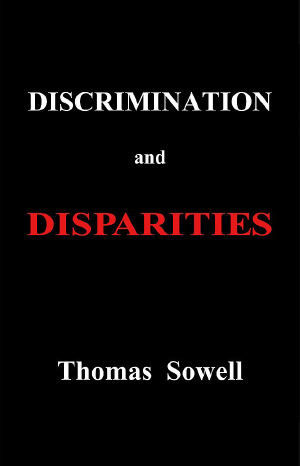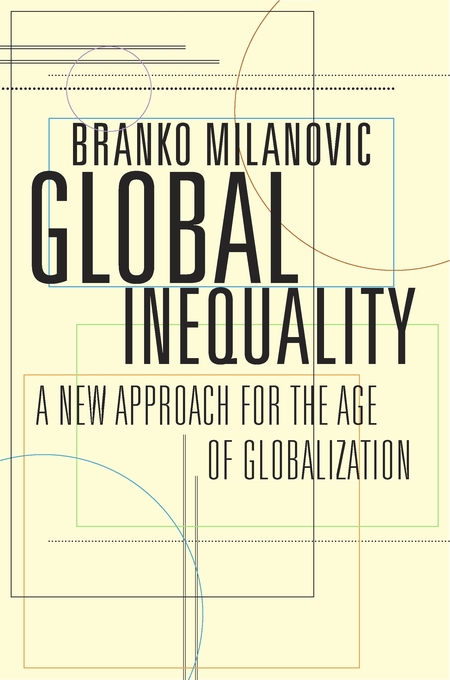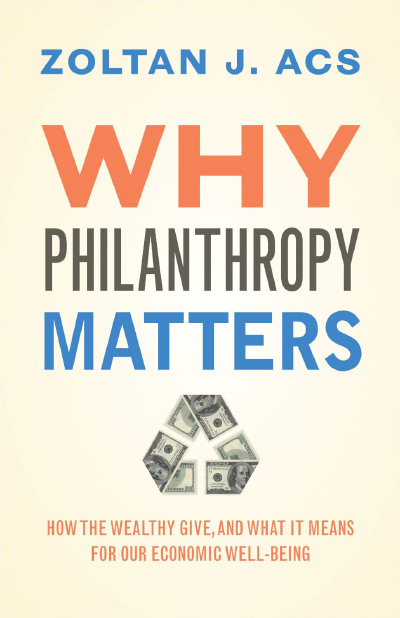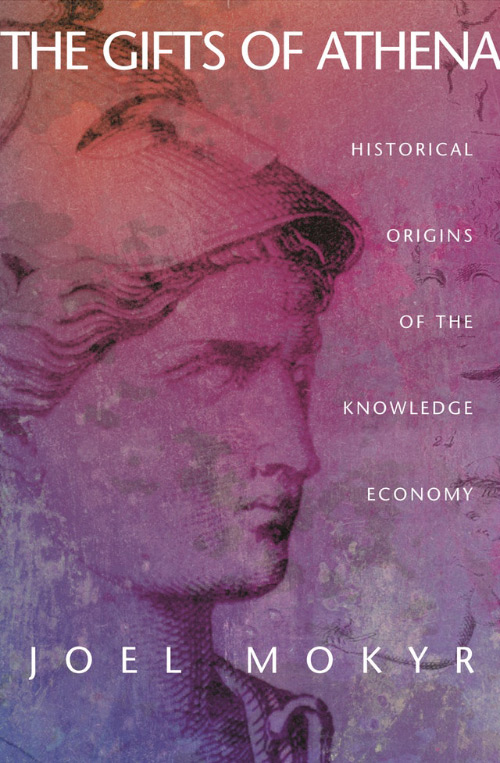Ten years ago, I wrote South Africa’s War Against Capitalism (New York: Praeger, 1989). Inspiration for the title came from the kind of arguments I heard during my several trips to South Africa, comments made by blacks and their supporters in the struggle against apartheid. The essence of their argument was that apartheid was a by-product of laissez-faire capitalism. For these people, including many academics and politicians, some variant of socialism would provide the cure. My research and counterarguments would have been far more productive and persuasive if I had had the benefit of the insightful analysis set forth in Anton D. Lowenberg and William H. Kaempfer’s new book, The Origins and Demise of South African Apartheid: A Public Choice Analysis.
Lowenberg and Kaempfer take a public choice approach to the analysis of South Africa’s apartheid system. They reject, as did I, the standard argument that apartheid is a unique form of South African capitalism in which industrial, mining, and agricultural entrepreneurs allied themselves with a powerful central government in order to exploit black workers. Such an argument is a variant of the Marxist vision of apartheid as a capitalistic means of exploiting black workers in order to serve the interests of the capitalist class.
Public choice theory treats individual politicians, bureaucrats, voters, interest groups, and other political actors as utility-maximizing agents. These actors are not abstract entities such as the state, society, and social classes. Instead, they are coalitions of individuals who share common goals and seek to promote them through state coercion. These groups spend resources on advertisements, make campaign contributions, and publicly demonstrate in pursuit of government policies that produce excludable, targetable benefits to their members. For their part, politicians, seeking to maximize support, respond entrepreneurially to interest-group pressures by providing the desired public policies through legislation.
The influence of interest groups can shift, as it did in South Africa. During the late 1800s and early 1900s, farmers and mining companies had dominant political influence, but a quarter-century later, skilled and semi-skilled white workers had acquired much more influence. Lowenberg and Kaempfer argue that in the main, apartheid was an endogenous redistributional policy rather than an expression of atavistic, irrational racism.
During South Africa’s preindustrial era, in the nineteenth and early twentieth centuries, racial policies were motivated mainly by white employers’ desire to secure good land and cheap agricultural and mining labor. South Africa’s agricultural and mining industries were constantly plagued by labor shortages. The existence of a viable and flourishing black peasant agricultural sector raised the cost of black labor to white farmers. Farmers sought political instruments to separate blacks from the land and thereby create a pool of cheap black labor. They were later joined by mine owners, who also sought cheap black labor.
The chosen policies combined taxes and direct land confiscation. The imposition of taxes forced blacks into the labor market to work for whites. The establishment of “native reserves” forced blacks off land desired by white farmers. The Land Act (1913) and the Native Trust and Land Act (1936) limited blacks to only 14 percent of the nation’s land. In the gold-mining industry, mine owners formed cartels through the Native Labour Regulation Act (1911). The Native Recruiting Corporation, formed in 1912, centralized mining employment for the mining industry and thereby eliminated competitive bidding for black mining labor.
During South Africa’s preindustrial period, white farmers and mine owners controlled apartheid policy, but when industrialization began in the 1920s, with white labor based in industrial centers of the Transvaal, Orange Free State, and Natal, white workers captured the state power to create excludable, targeted interest-group benefits. Added momentum arose from what became known as the “poor white” problem, as poor whites migrated in droves from rural to urban areas, where they lived in poverty-stricken, crime-ridden shantytowns and became a significant welfare burden.
Legislation in the 1920s established what became known as the “colour bar.” Elaborate mechanisms were set up to prevent mine owners from substituting cheap black labor for more expensive white labor. White semi-skilled and skilled workers persuaded the South African parliament to enact all manner of collusive labor laws, such as rate-for-the-job rules, minimum wage laws, union certification, apprenticeship regulations, and closed-shop rules. Job reservation laws made certain jobs, including many in government, available to whites only. What became known as “civilized labour” policy gave preferential treatment to companies that adhered to employment practices that favored whites. The preferential treatment included import tariffs to protect firms whose ability to compete internationally was undermined by the high labor costs resulting from the racially discriminatory policies.
Long before South Africa became an international pariah nation, apartheid had come under considerable pressure. Collusive arrangements that benefited white workers but harmed white businesses were challenged. White-owned businesses (and government agencies) contravened apartheid laws. Firms hired blacks in violation of job reservation laws. Blacks lived in white cities despite the prohibitions of the Group Areas Act. In 1922, South Africa experienced its most deadly riot, the Rand Rebellion, which was caused by mine owners’ violations of their agreement to limit the number of blacks hired relative to whites. By the time the government put down the riot, between 200 and 250 persons, almost all white, had died, and hundreds more had been wounded. This conflict and other employer–employee conflicts confirm Lowenberg and Kaempfer’s argument that apartheid was essentially a redistributionist policy sought by whites to confer particularized benefits. If free markets and voluntary discrimination could have supported white privilege, then it is difficult to explain the necessity for the costly apparatus of apartheid. The mere existence of extensive racial labor regulation signified that white capitalists’ interests did not coincide with those of white workers. Lowenberg and Kaempfer provide powerful evidence for the public choice argument that South Africa’s apartheid
was essentially a massive bureaucracy whose raison d’etre was the production of market regulations designed to effect wealth redistribution away from blacks and white mining and industrial capital owners in favor of white workers and agricultural capital owners. These regulations reflected the preferences of the median voter in an electorate dominated by white labor and rural constituencies. (p. 39)
Many people attribute the demise of South Africa’s apartheid to international sanctions. Lowenberg and Kaempfer arrive at a different conclusion:
The white South African Government abdicated power because of a recognition that apartheid policies were becoming too costly to maintain. The main costs associated with apartheid were self-imposed as a consequence of years of misguided development strategies on the part of the National Party government and its predecessors. Although external events such as the oil price shocks of the 1970s and international reaction to apartheid after the Soweto riots of 1976 contributed to the slow growth of the South African economy, even more significant was the fact that the economy had undergone changes which had turned the apartheid system, once an asset for important groups of the white population, into a liability. (p. 218)
Lowenberg and Kaempfer devote several chapters to the sanctions issue. They show that despite claims that the goal of sanctions is to make targeted countries change objectionable domestic policies, sanctions more likely serve the interests of pressure groups within the sanctioning countries. Lowenberg and Kaempfer hypothesize:
If the primary purpose of sanctions were really to impose maximum economic damage on the target country, then trade embargoes should target commodities with low elasticities of demand and supply, because possibilities for substituting alternative sources or markets are thereby diminished. However, if an important objective of the sanctioning country is to defuse political pressure, or to be seen as “doing something” without using military force and without alienating influential domestic economic interest groups, then commodities with high elasticities of demand and supply should be selected for boycotts so as to minimize the actual terms-of-trade effects of the sanctions and the costs to the sanctioning country. (p. 81)
Therefore, the Lowenberg and Kaempfer hypothesis suggests, for example, that the United States might impose sanctions on the importation of South African wine, textiles, and coal and not to create domestic resistance, because abundant substitutes exist for those goods. Moreover, domestic producers might cynically support embargoes on wine, textiles, and coal imports as a means of gaining monopoly power. The United States embargoed South African agricultural products, but European nations, which were heavy consumers of produce from South Africa in the winter, chose not to embargo that category of goods.
According to Lowenberg and Kaempfer’s analysis,
sanctions are primarily redistributional policies motivated by interest-group pressures within the politics of the sanctioning countries. . . . By treating sanctions as endogenous outcomes of competitive interest-group influences, the public choice approach reveals that economic harm per se is not a critical consideration in determining the nature of the sanctions package implemented by sanctioning countries. (p. 104)
The Origins and Demise of South African Apartheid is yeoman work and makes an important contribution to the analysis of interest-group politics. The authors conclude that the real challenge facing post-apartheid South Africa is to insure that the apartheid state is not replaced by an equally inefficient nonracial Leviathan. But all the evidence that I have seen indicates that the African National Congress, now the dominant political force in South Africa, does not differ much from its predecessor, the National Party. As has been too often the case on the African continent, one form of injustice has been eliminated only to be replaced by another that is far worse.

